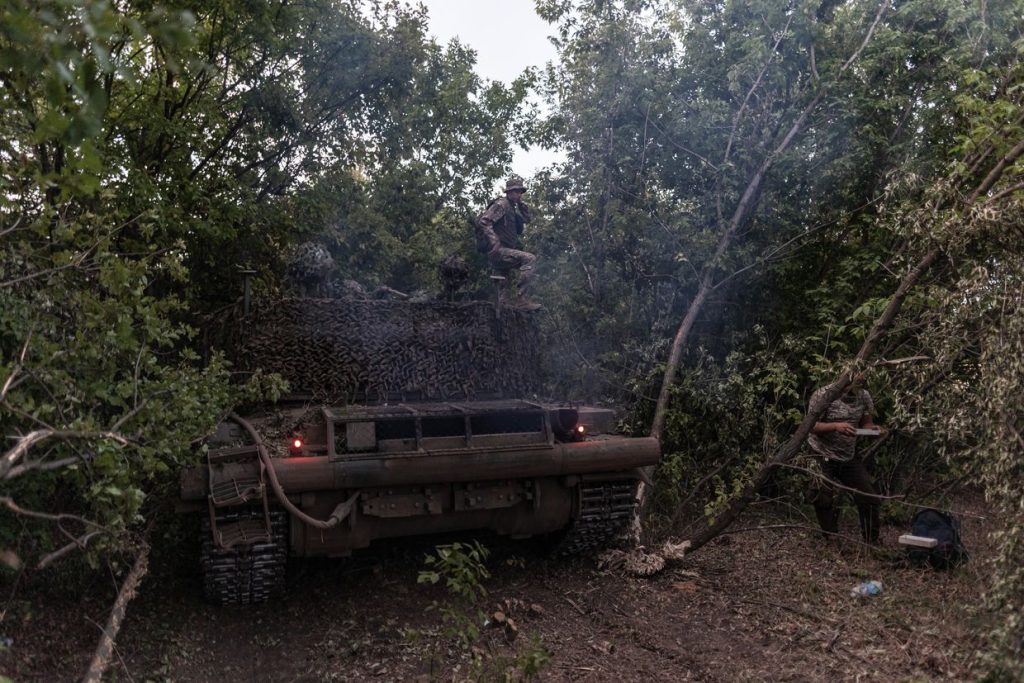The incursion into Kursk Oblast by Ukrainian forces began on August 6, with troops crossing the border armed with heavy equipment in a surprise attack. This operation, the largest on Russian territory since World War II, caught the world off guard. Ukrainian troops made swift progress, capturing dozens of settlements in the region within the first 10 days of the incursion. The goal of the operation was to weaken Russian military capabilities and disrupt their control over the region.
The Ukrainian forces encountered little resistance initially as they advanced through Kursk Oblast, with Russian troops seemingly caught off guard by the sudden attack. Ukrainian soldiers were able to capture key strategic locations and secure supply routes to sustain their operation. As the incursion continued, Ukrainian commanders implemented tactical maneuvers to outmaneuver and outflank Russian forces, leading to further gains in territory.
Despite facing sporadic resistance from Russian forces, Ukrainian troops were able to maintain momentum and continue their advance deeper into Kursk Oblast. The speed and coordination of the Ukrainian operation surprised many military analysts, who had expected a more protracted and challenging campaign. The success of the incursion raised questions about the effectiveness of Russian defenses and the capabilities of the Ukrainian military.
As the conflict in Kursk Oblast escalated, civilians in the region found themselves caught in the crossfire between Ukrainian and Russian forces. Reports emerged of civilian casualties and widespread destruction of infrastructure, leading to concerns about the humanitarian impact of the incursion. Both sides were accused of committing violations of international law and engaging in indiscriminate attacks on civilian areas, further complicating the situation on the ground.
The international community closely monitored the developments in Kursk Oblast, with many countries expressing concern about the escalating conflict between Ukraine and Russia. Diplomatic efforts were made to negotiate a ceasefire and facilitate talks between the warring parties, but progress was slow amid the ongoing hostilities. The situation in Kursk Oblast remained volatile, with the potential for further escalation and regional destabilization.
As the incursion into Kursk Oblast entered its second week, Ukrainian forces continued to make gains on the ground, but the conflict showed no signs of abating. The battle for control of the region intensified, with both sides committing more resources and troops to the front lines. The future of Kursk Oblast hung in the balance as the conflict raged on, with the outcome uncertain and the potential for further violence and bloodshed.


